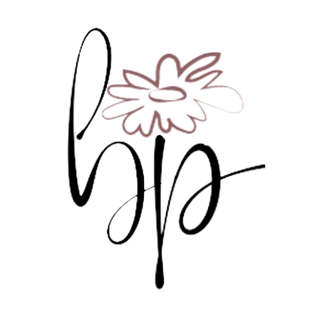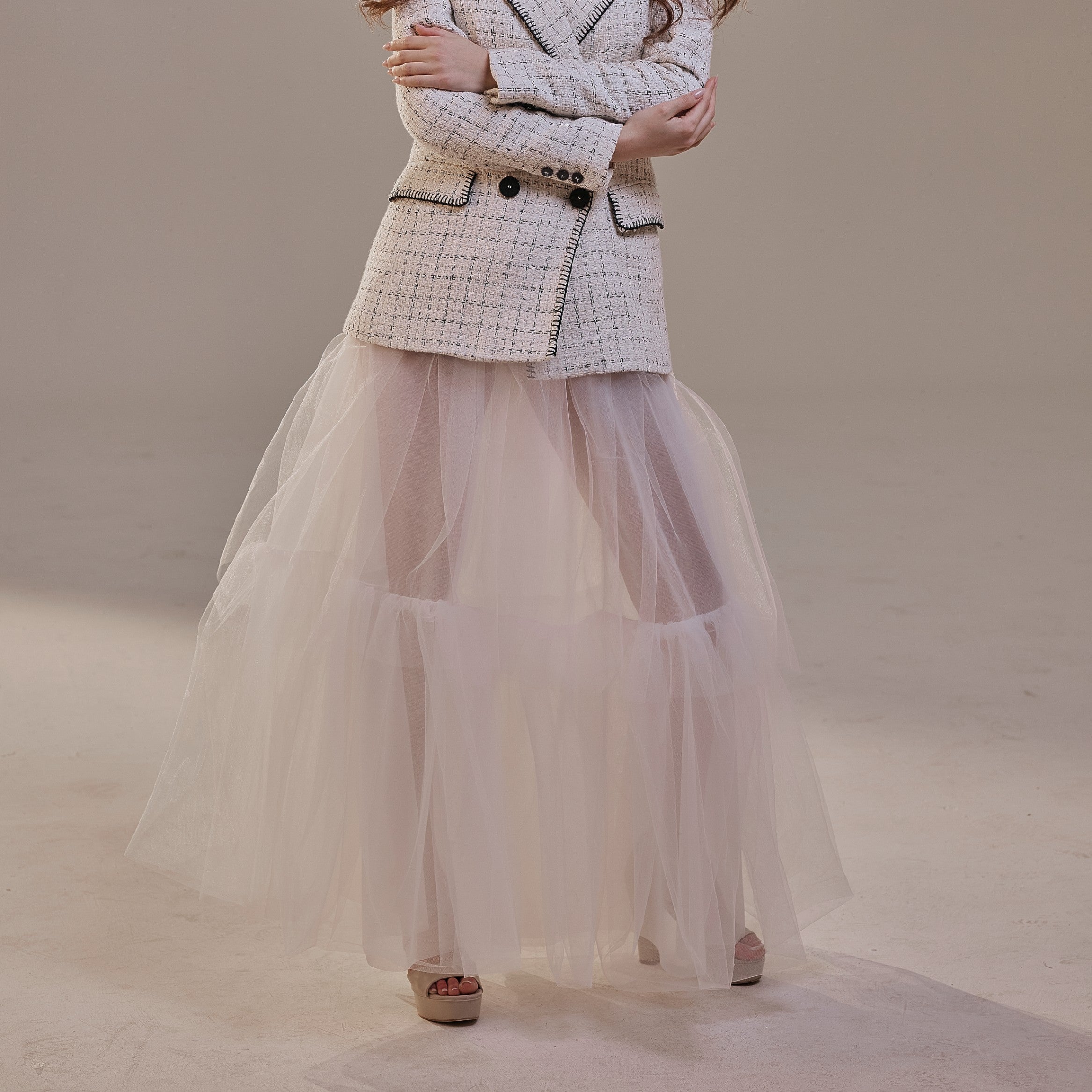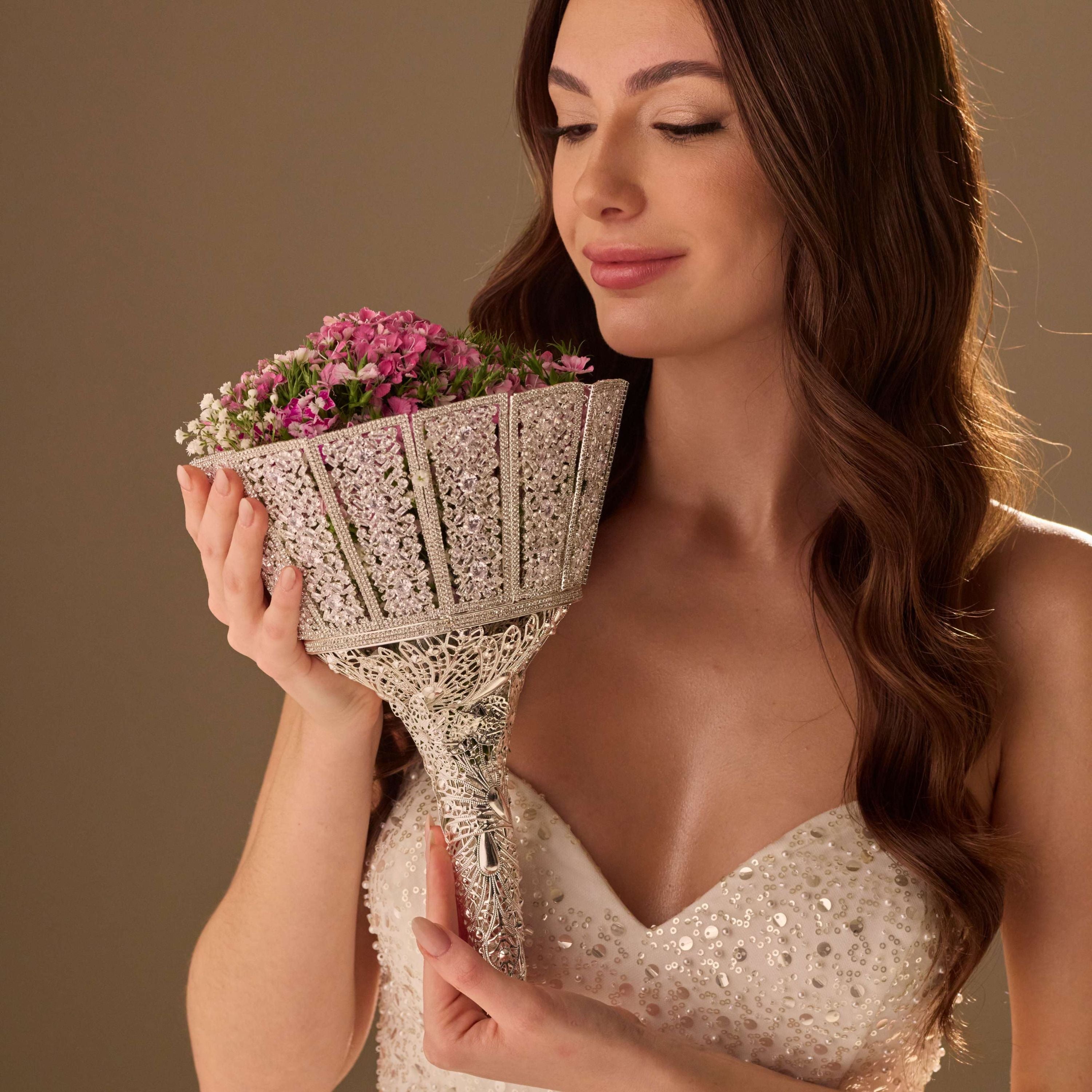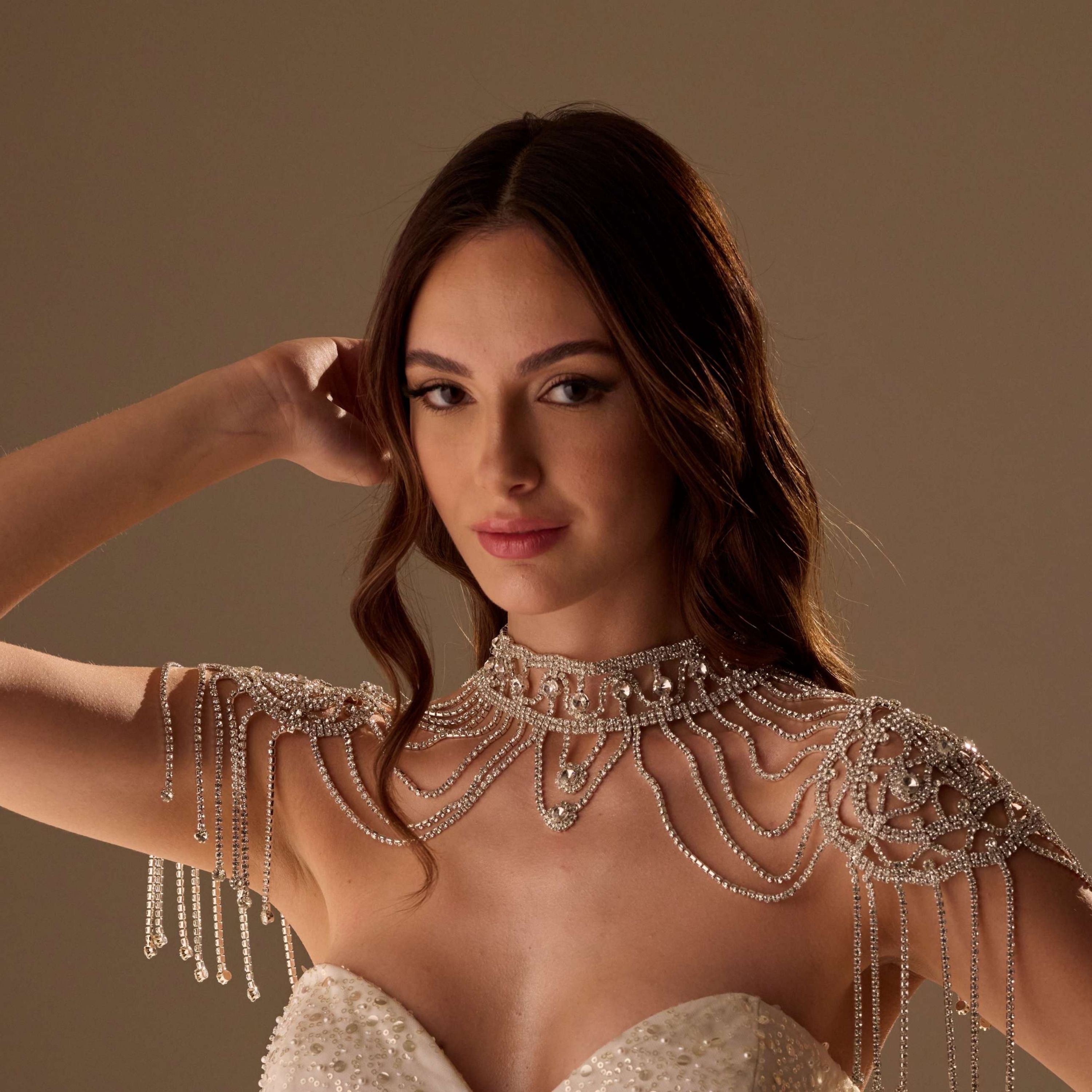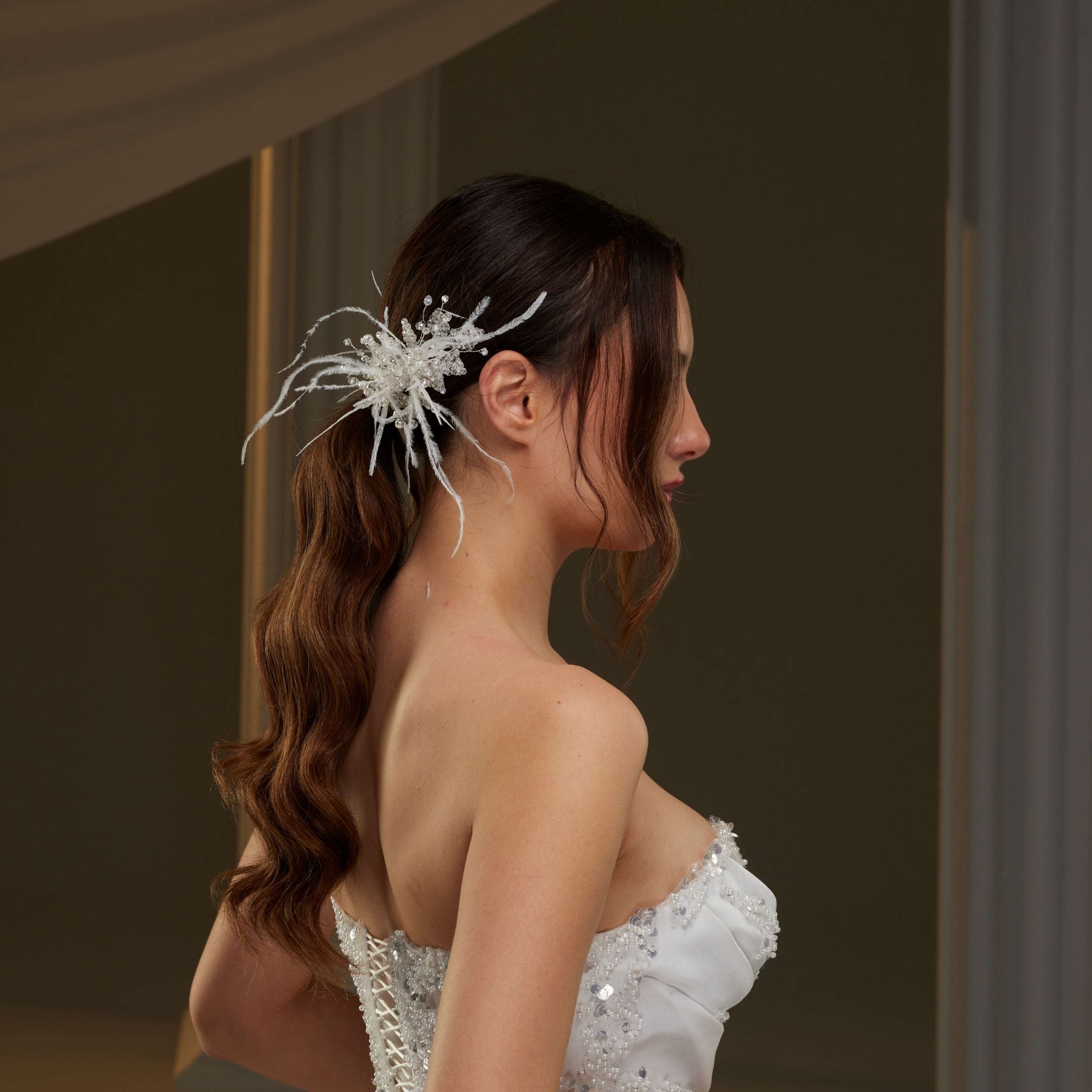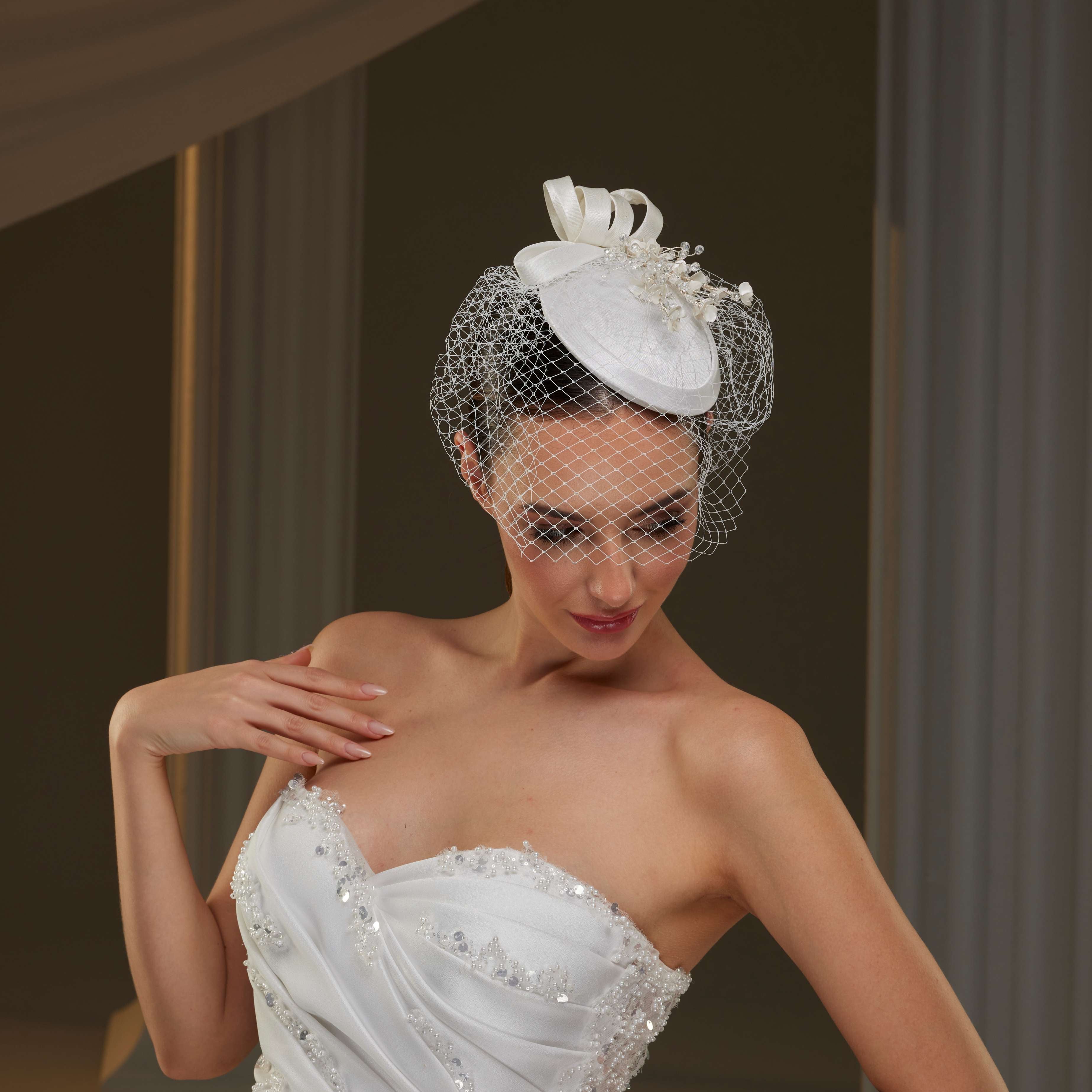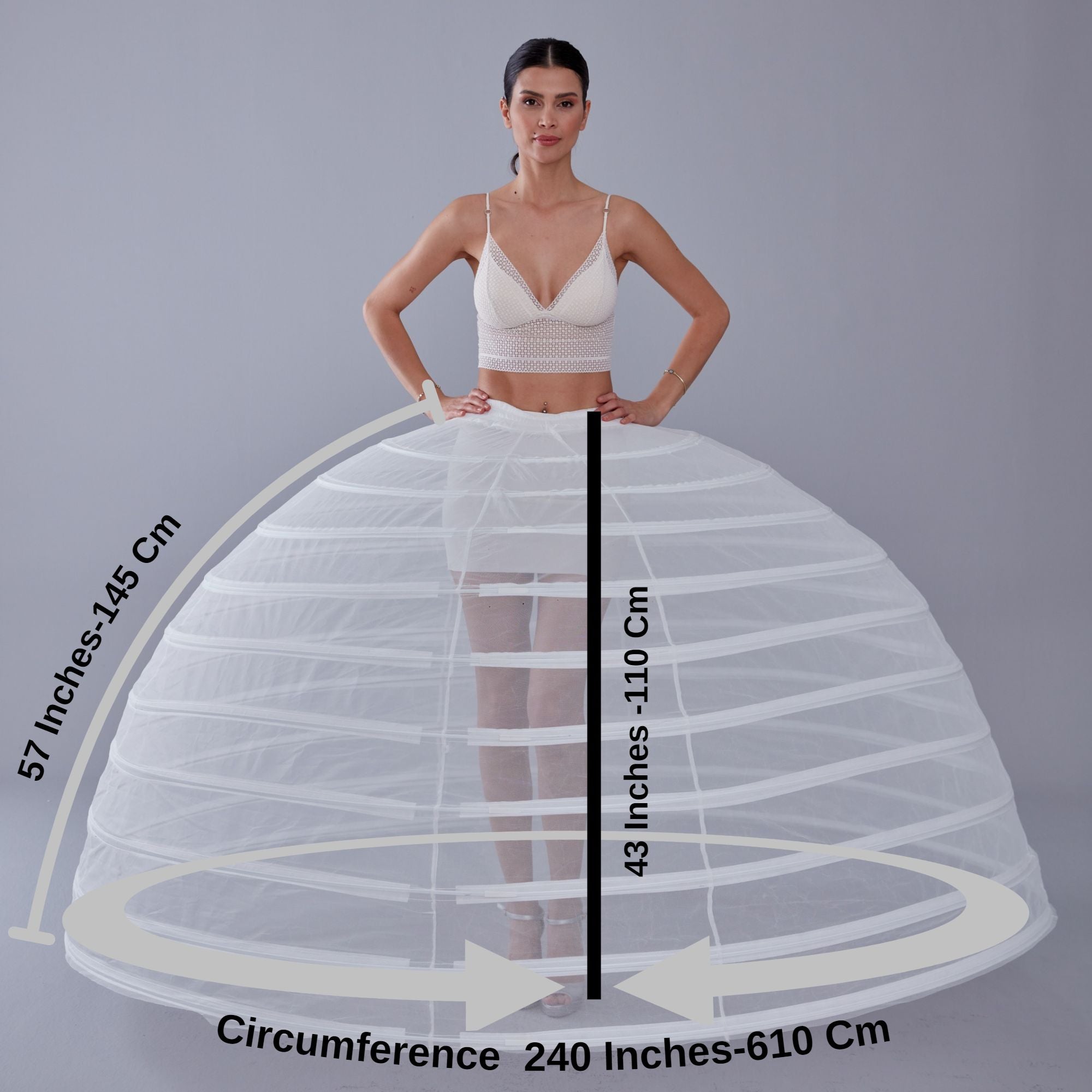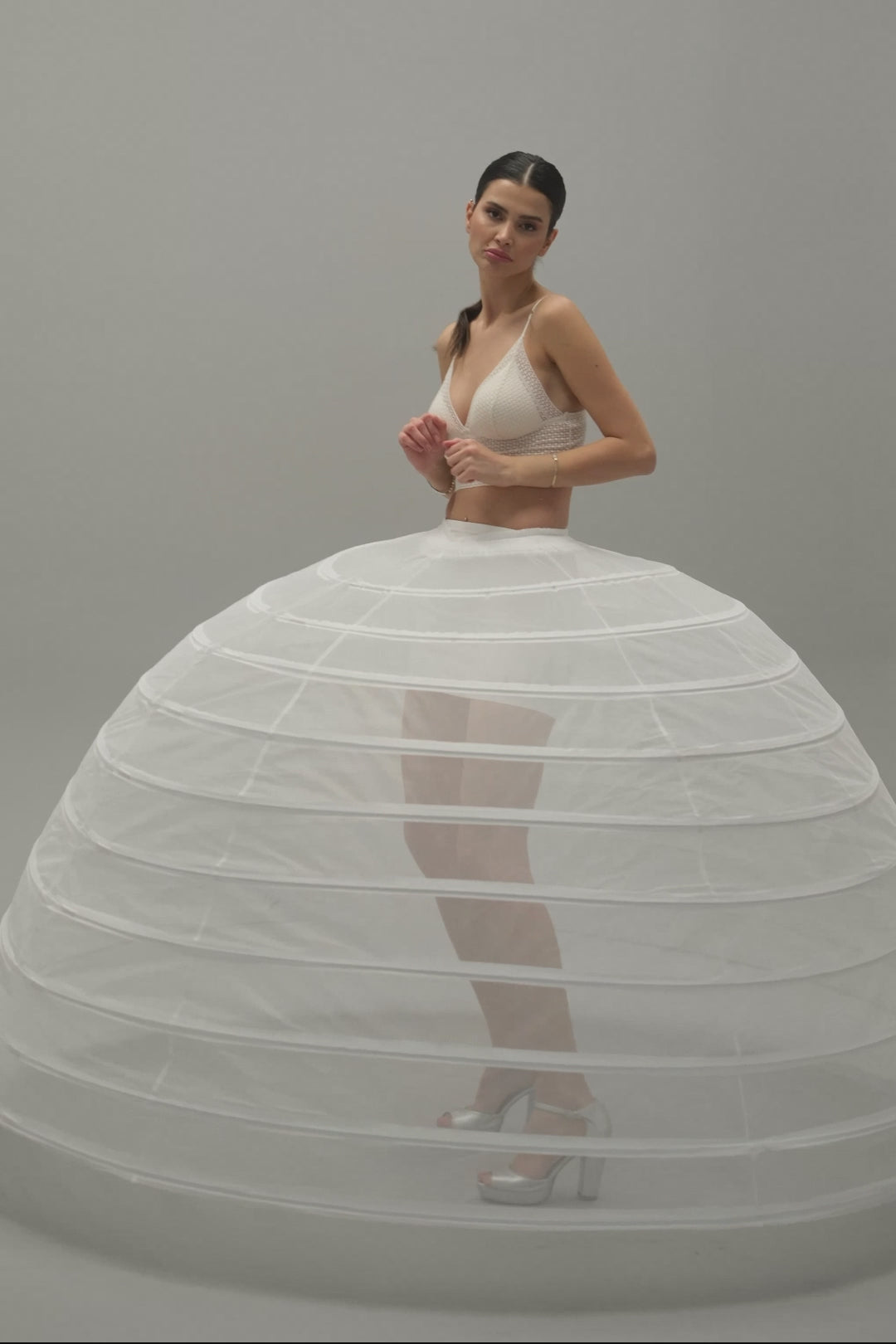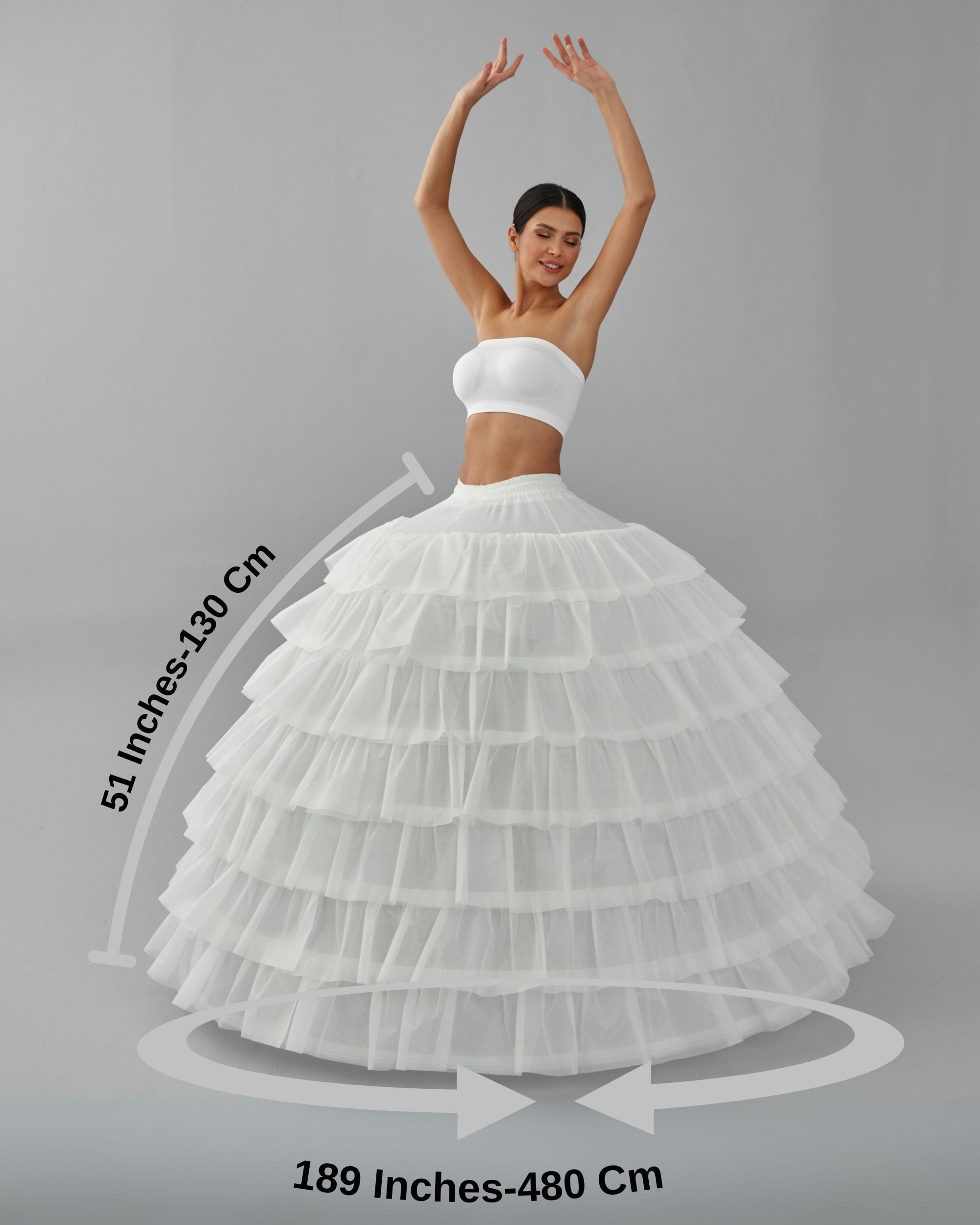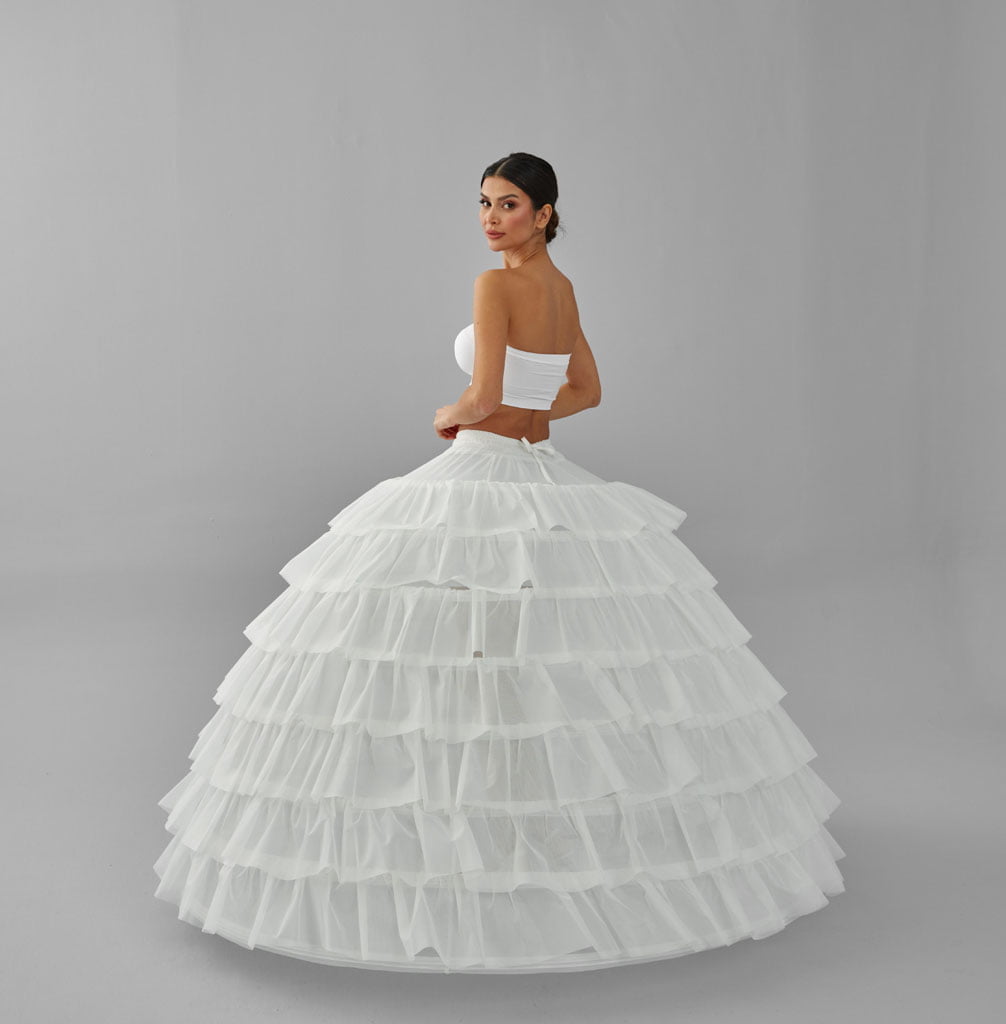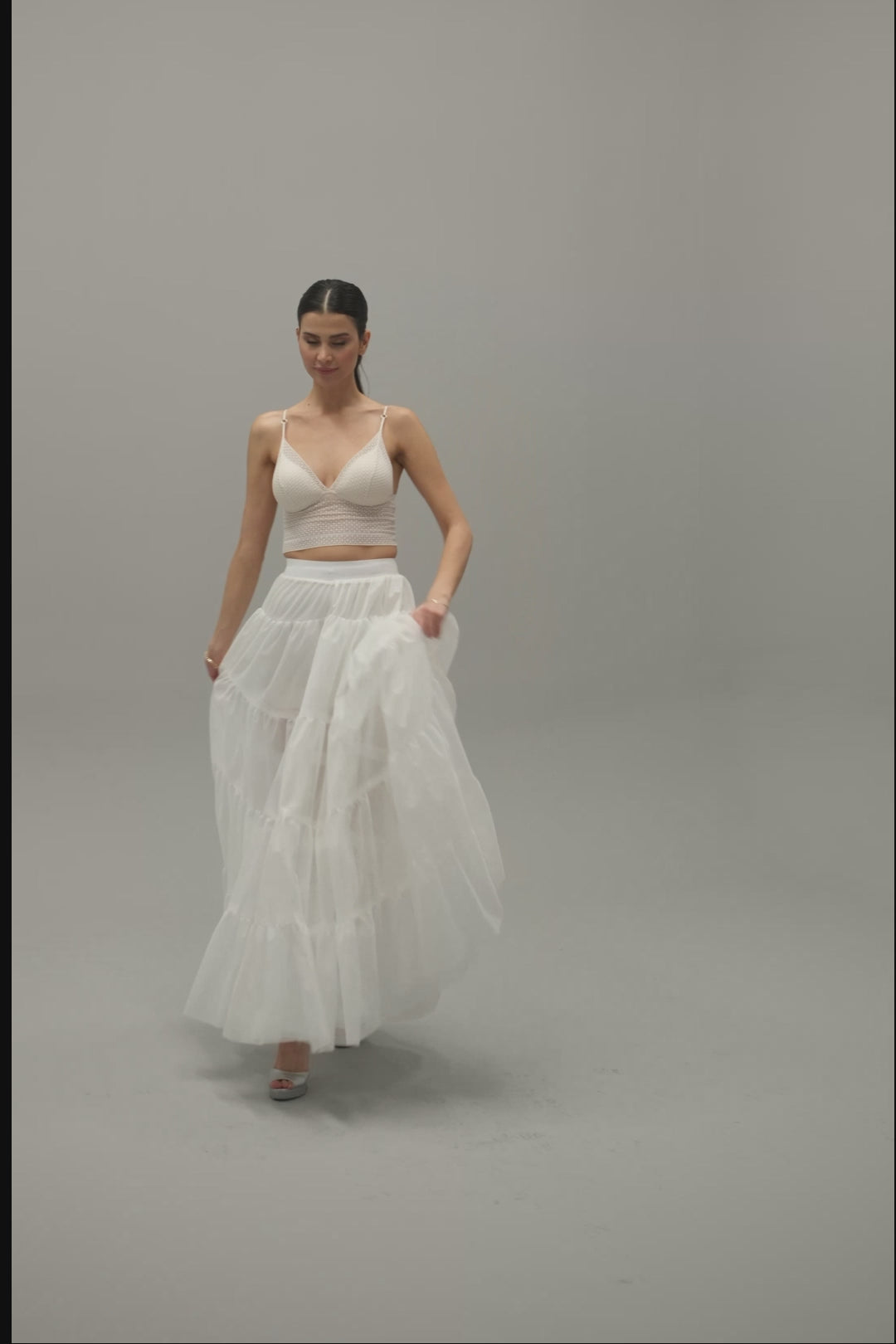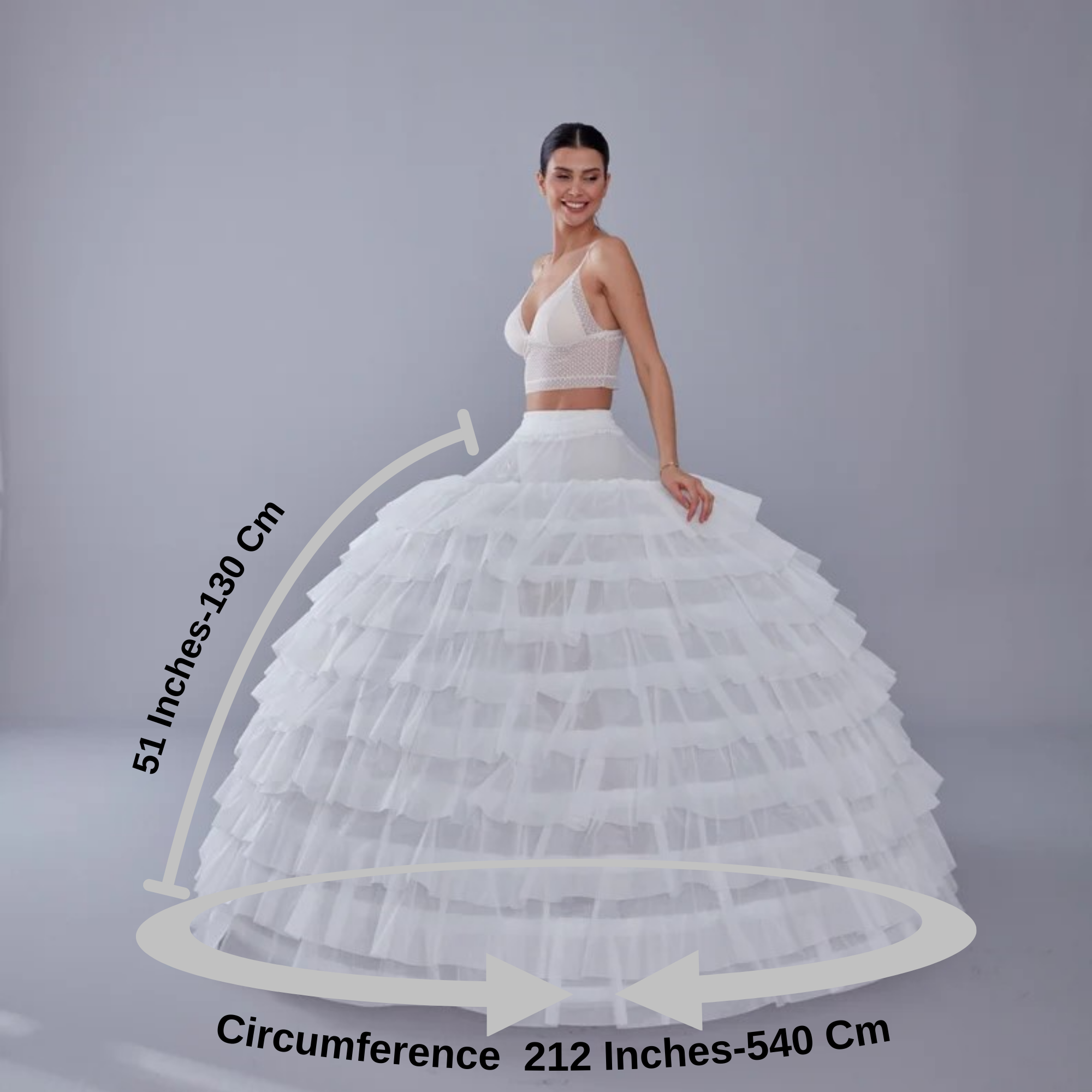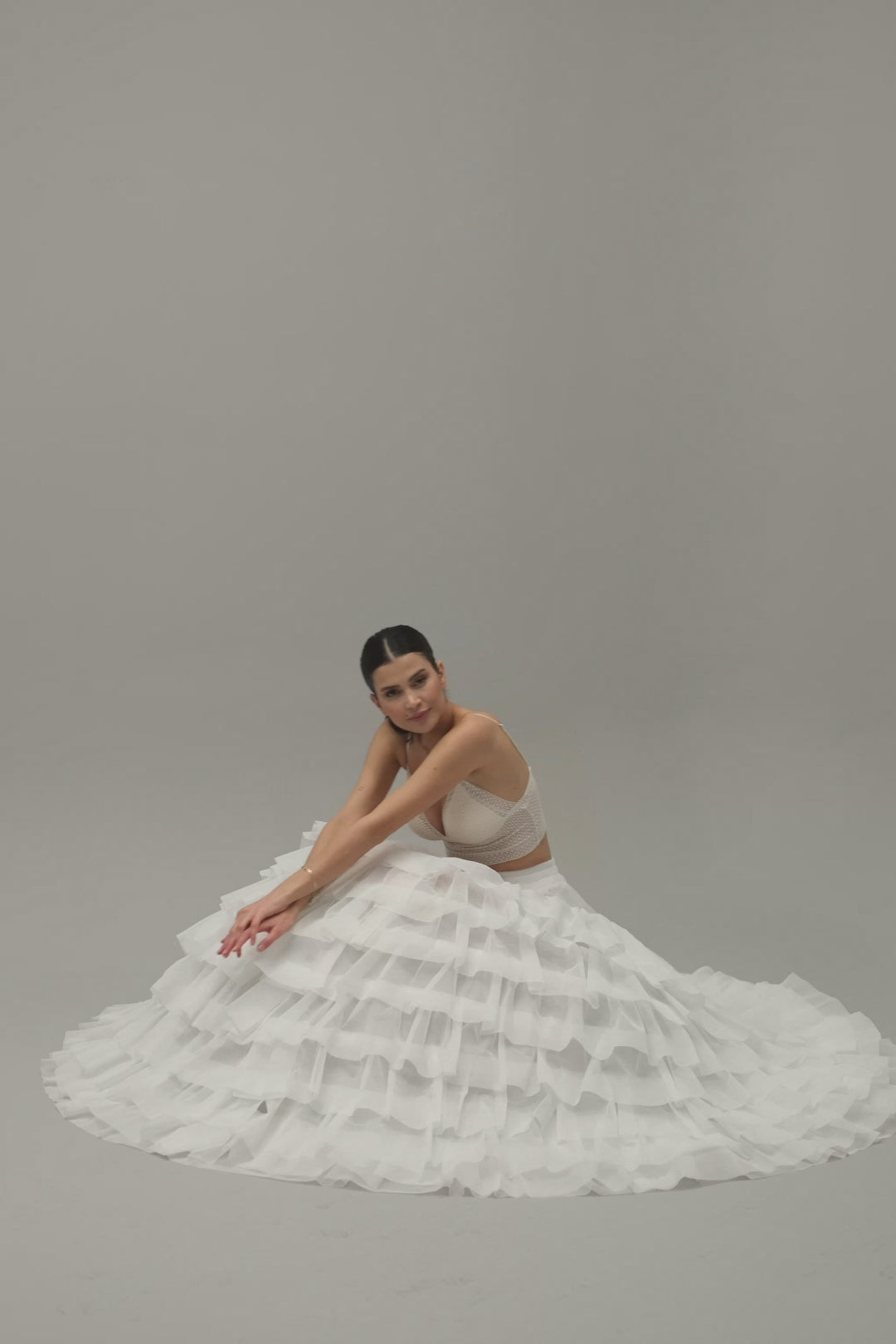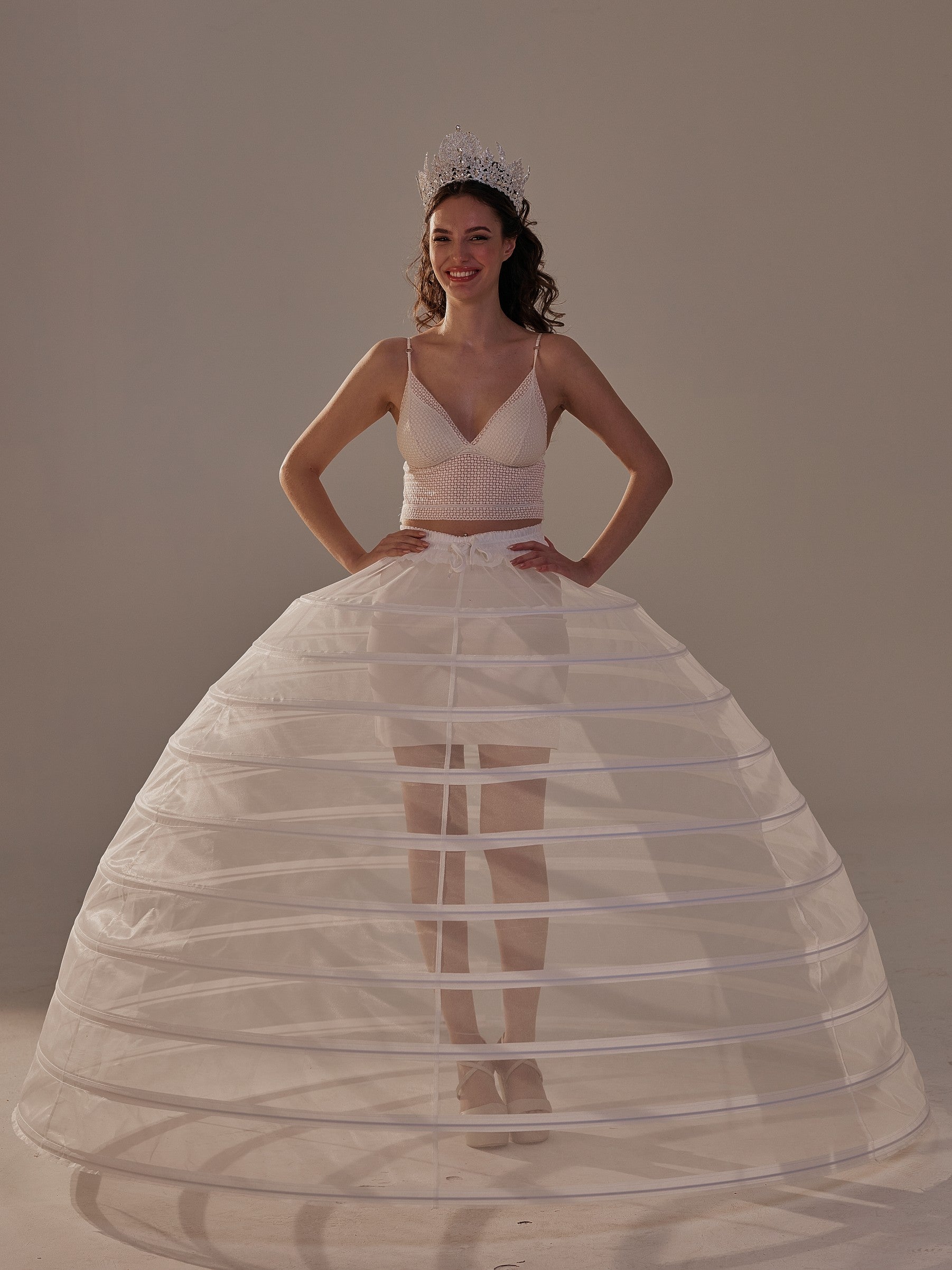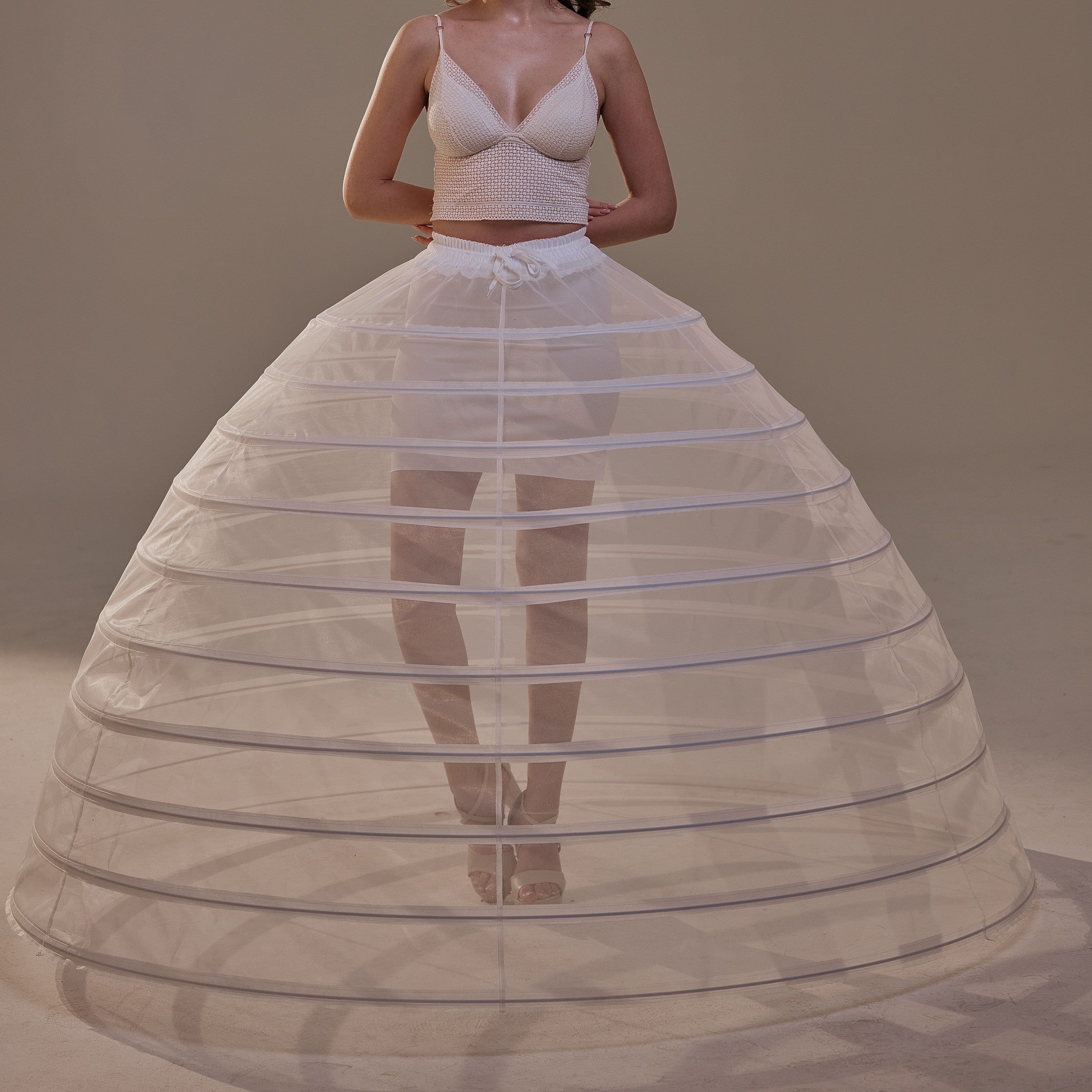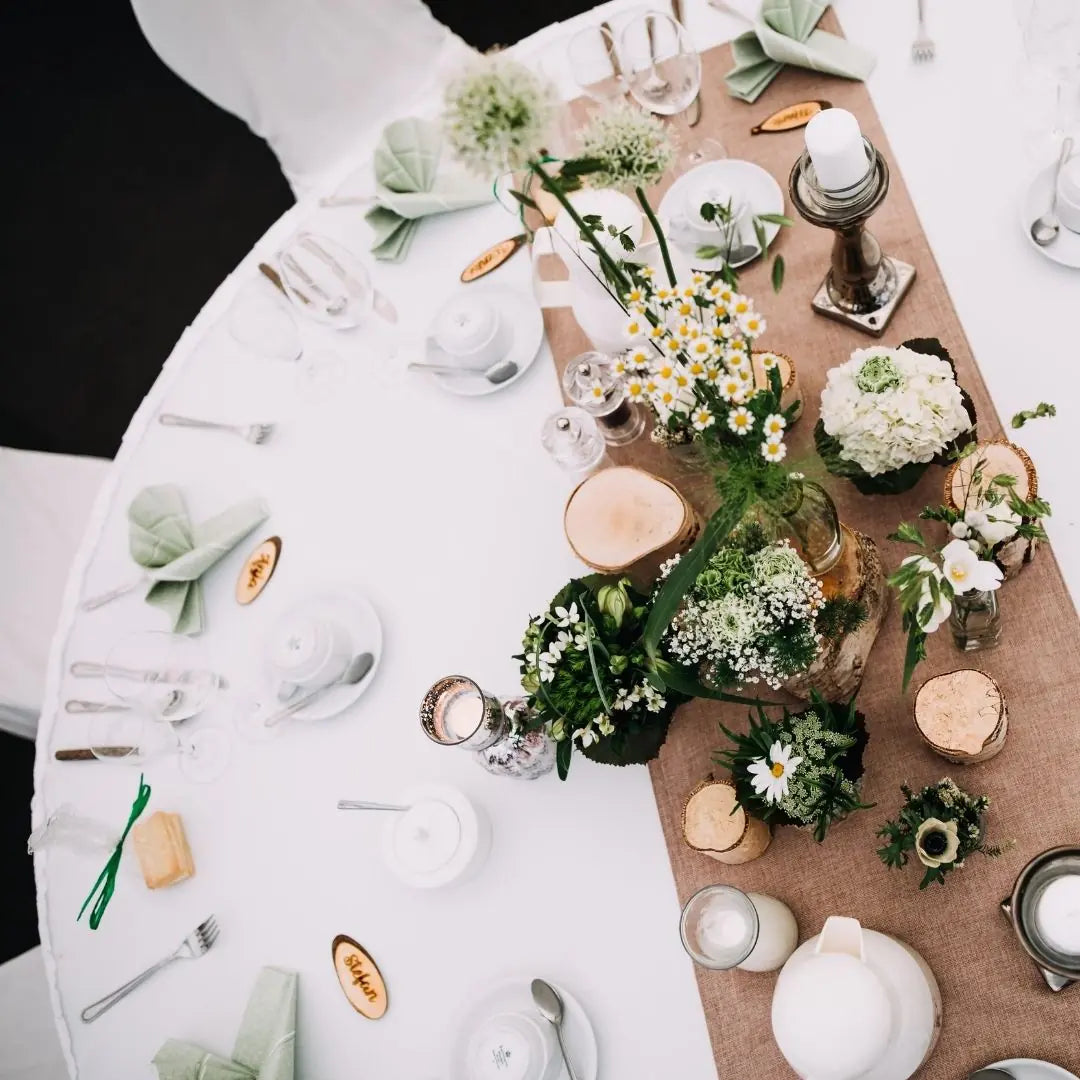
How to Choose Wedding Colors That Capture Your Love Story
Choosing your wedding colors is an important step in the planning process as it sets the tone and theme for your entire event. Here are some steps and tips to help you determine your wedding colors:
1. Consider the Season
- Spring: Soft pastels like blush, lavender, mint, and baby blue.
- Summer: Bright and vibrant colors like coral, fuchsia, turquoise, and sunflower yellow.
- Fall: Rich, warm colors like burgundy, burnt orange, deep purple, and forest green.
- Winter: Cool and elegant colors like navy, silver, emerald, and classic red.
2. Venue and Location
- Look at the existing color scheme and style of your venue. Choose colors that complement the surroundings rather than clash with them.
- If your venue has a strong color palette, such as a historic building with rich wood tones or a modern space with sleek metallics, incorporate those into your color choices.
3. Personal Preferences
- Think about your favorite colors and those that have special meaning to you and your partner.
- Consider the colors you wear often or the decor in your home, as these can reflect your personal style and preferences.
4. Wedding Theme
- Your chosen theme can significantly influence your color palette. For example, a beach wedding might inspire blues and sandy neutrals, while a vintage wedding might incorporate dusty rose and antique gold.
- Decide if you want a more traditional and classic look or a modern and bold approach.
5. Floral Availability
- Consider the types of flowers you want in your wedding and their availability in certain colors. Seasonal flowers can help guide your color choices.
- Discuss with your florist which flowers are available in your desired colors and which might work well together.
6. Mood and Atmosphere
- Decide on the mood you want to set for your wedding. Soft, muted colors create a romantic and intimate atmosphere, while bright, bold colors evoke a lively and festive feel.
- Think about the emotions and feelings you want to convey to your guests through your color palette.
7. Bridesmaids and Attire
- Consider the color of the bridesmaids’ dresses and how they will look with your wedding colors. Choose shades that complement their skin tones and your dress.
- The groom and groomsmen’s attire should also coordinate with the overall color scheme.
8. Color Combinations
- Choose a primary color and then select one or two complementary colors. A balanced color palette usually includes a dominant color, a secondary color, and an accent color.
- Use tools like color wheels or online color palette generators to find harmonious combinations.

9. Inspiration Boards
- Create a mood board with images, fabric swatches, and other elements that inspire you. This can help you visualize how different colors work together.
- Pinterest and wedding websites can be great resources for finding and organizing color inspiration.
10. Trust Your Instincts
- Ultimately, trust your gut feeling and choose colors that resonate with you and your partner. It’s your special day, and your color choices should reflect your personalities and tastes.
Example Color Palettes
-
Classic and Elegant:
- White, black, and gold
- Blush, ivory, and champagne
-
Romantic and Soft:
- Dusty rose, sage green, and ivory
- Lavender, periwinkle, and soft gray
-
Bold and Vibrant:
- Coral, turquoise, and yellow
- Fuchsia, orange, and teal
-
Rustic and Natural:
- Burgundy, forest green, and wood tones
- Mustard yellow, burnt orange, and brown
By following these steps and considering these tips, you’ll be able to select a wedding color palette that perfectly captures the essence of your special day.
Previous post
Wedding Favors: Thoughtful and Memorable Keepsakes for Your Guests
Next post
